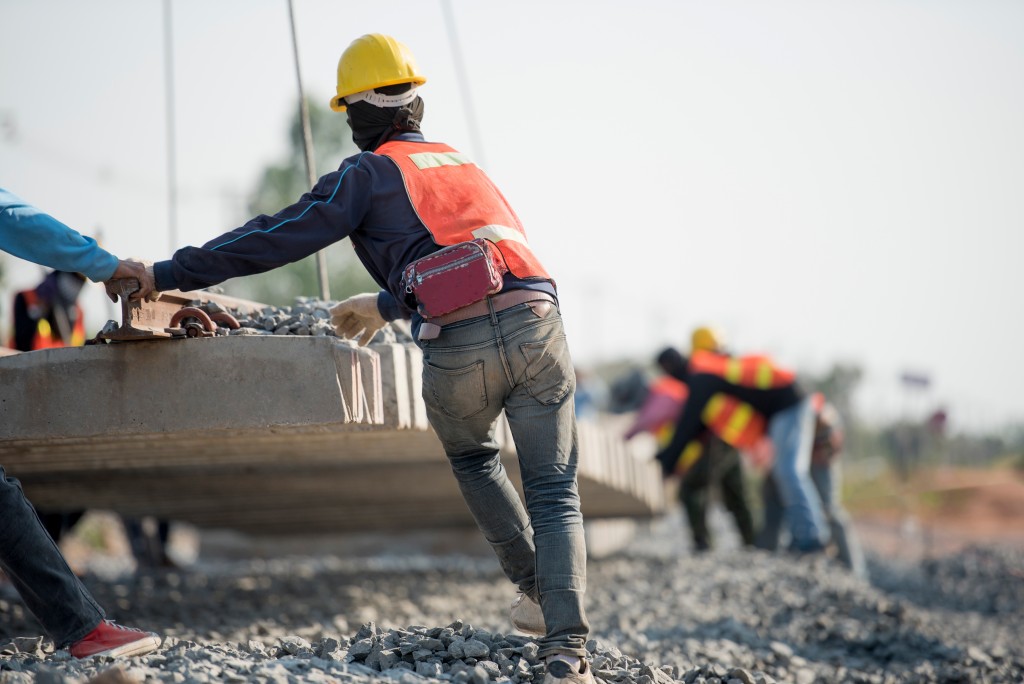How can employees remain visible to other people while working along the roads, in a construction site, or a big warehouse? They have to wear reflective gear. Also known as Hi-Vis workwear, reflective vests ensure that you or your personnel stay in everyone’s vision.
What are the Australian Standards for Protective Clothing?
The visual requirement for visibility garments is stipulated in the AS/NZS4602.1:2011. This standard applies to workers who might be exposed to the dangers of moving plant, traffic and similar situations.
Certain garments are more appropriate for daytime wear while others are suitable for the nighttime. They are seen by retro-reflected light under any lighting condition. Keep in mind that these are not firefighters’ clothes which are specified in AS/NZS 4602.2.
Classification of Hi-Vis Workwear
The occupational wear specified in AS/NZS4602.1:2011 standard can be categorized into:
Class D
Class D safety vests in Australia are meant for daytime use only. They are not effective under artificial lighting. As such, they are highly recommended for outdoor situations. In terms of design, a class D vest encloses the upper body. At the front and back, only a small area of the material is visible i.e. at least 0.2 m². This is not just any fabric. It has to meet the requirements of non-fluorescent or fluorescent material. An example of non-fluorescent material that meets the high visibility standard is cotton. Generally, natural fibre is preferred to artificial ones like polyester. The compliance of class D safety vests depends on the colour of the material. Thus, adding excess embellishments or logos could render a clad D vest non-compliant.
Class N

These are body protective vests which are worn during the night. They offer high visibility when illuminated by vehicle headlights and other retro-reflected lights. The colour of the garment is not specified in the Australian standard for reflective gear. Nonetheless, the material used on class N safety vests must comply with the requirements of AS/NZS 1906.4. Logos, patches, and words may be added to enhance the style of the garments as long as they don’t replace the retroreflective strips. A good point to note is that class N workwear covers the entire upper body down to the waistline.
Class D/N
In this category are multi-purpose high visibility vests. They can be worn during the day and night. Reflective elements are embedded in fluorescent or non-retroreflective material to create a highly visible background. In short, class D/N meets the requirements of the first two classes: D and N.
It is imperative for everyone to stay safe in a busy environment. That is why you need to make the right choice when it comes to occupational uniform in high-risk applications. You can only be confident that you are protected in your workers’ protective wear meets the Australian standards AS/NZS 1906.4.2010 and AS/NZS 4602.1.2011. Only a workwear expert knows how to design safety vests in Australia. Whether you need a company logo or specific message incorporated into a work uniform, they guarantee reflective gear that does not defy the Australian standards for high visibility garments.
